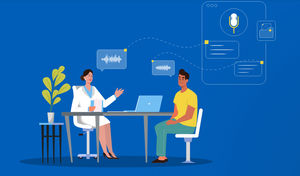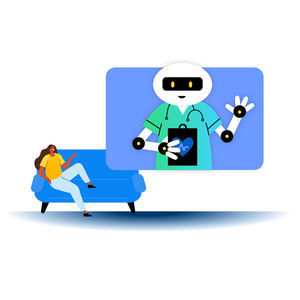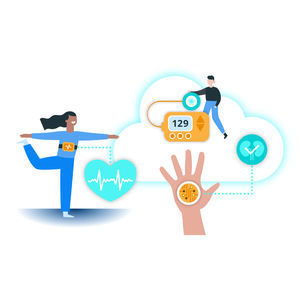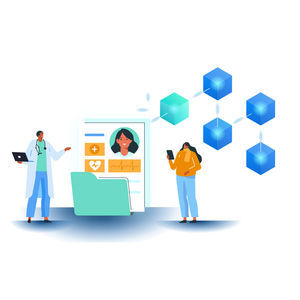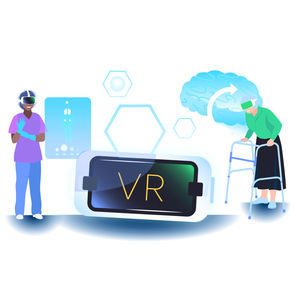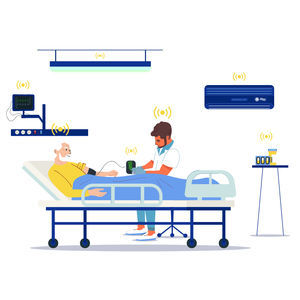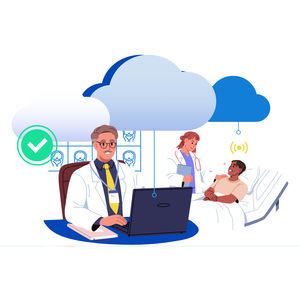
- Products
- Catalogs
- News & Trends
- Exhibitions
AI software medication managementdiagnostictelemonitoring
Add to favorites
Compare this product
fo_shop_gate_exact_title
Characteristics
- Function
- medication management, diagnostic, monitoring, treatment planning, telemonitoring, monitoring
- Applications
- medical, radiology, cardiovascular, ophthalmology, urology
- Type
- cloud, AI
- Deployment mode
- cloud
Description
ScienceSoft leverages 35 years of experience in AI software development and 19 years in healthcare IT to create AI-enabled medical software that our clients can rely on.
AI-Powered Medical Devices: The Fundamentals
AI-based medical devices comprise two main categories: medical devices connected to AI-enabled cloud software and AI-supported applications that function as medical devices. In both cases, artificial intelligence can significantly improve healthcare outcomes by assisting doctors with diagnostics, treatment planning and management, complications prediction, drug prescription, dosage calculation, and more.
Market Overview
By 2032, the AI/ML-powered medical devices market is expected to reach $35.5 billion.
The vast majority of devices authorized in 2023 are in radiology (79%), followed by cardiovascular, neurology, gastroenterology/urology, anesthesiology, ear, nose and throat, and ophthalmology.
How AI-Powered Medical Devices Work
Architecture
This is a sample architecture of an AI-supported SaMD solution recommended by ScienceSoft’s consultants.
Use cases
Diagnostics
When connected to the ERP system, AI-supported SaMD with pattern recognition and computer vision capabilities can analyze large amounts of clinical data from various sources (lab tests, medical images, etc.). This helps identify unique dependencies or abnormalities that could be overlooked by a human. The system then generates a list of possible diagnoses.
Related Searches
- Analysis medical software
- Radiology software
- Viewer software
- Control software
- Scheduling software
- Monitoring software
- Diagnostic medical software
- Hospital software
- Online software
- Treatment software
- Tracking software
- AI software
- Artificial intelligence software
- Surgical software
- Education software
- Web-based software
- Data analysis software
- Cardiac software
- Image analysis software
- EHR software
*Prices are pre-tax. They exclude delivery charges and customs duties and do not include additional charges for installation or activation options. Prices are indicative only and may vary by country, with changes to the cost of raw materials and exchange rates.





